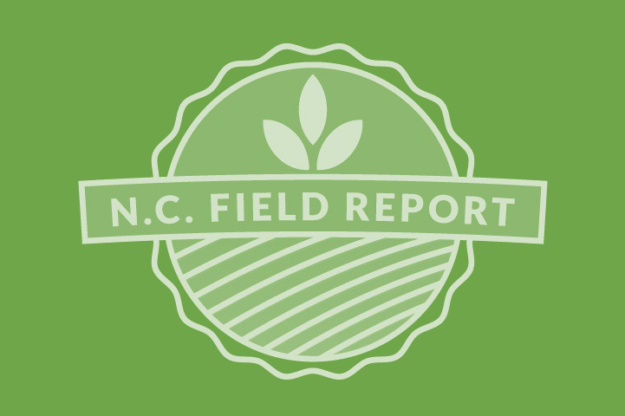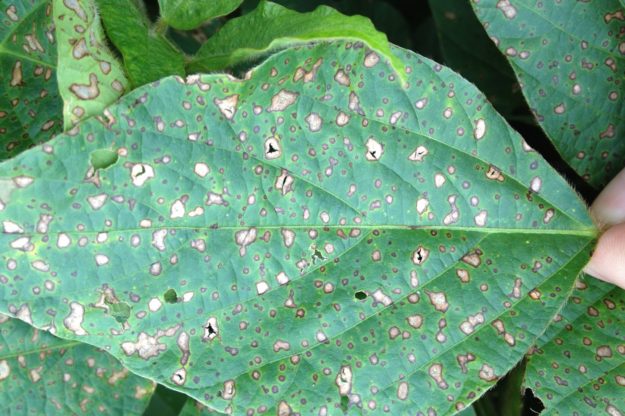Soybean Cyst Nematodes in NC – Part 2
Last week we discussed results from a NCDA&CS survey that revealed soybean cyst nematode (SCN) is a significant problem for North Carolina soybean growers. The survey found all counties in the eastern part of the state and a few counties with large soybean acreage in Western NC have the pest. Over 21% of the samples…
Details





